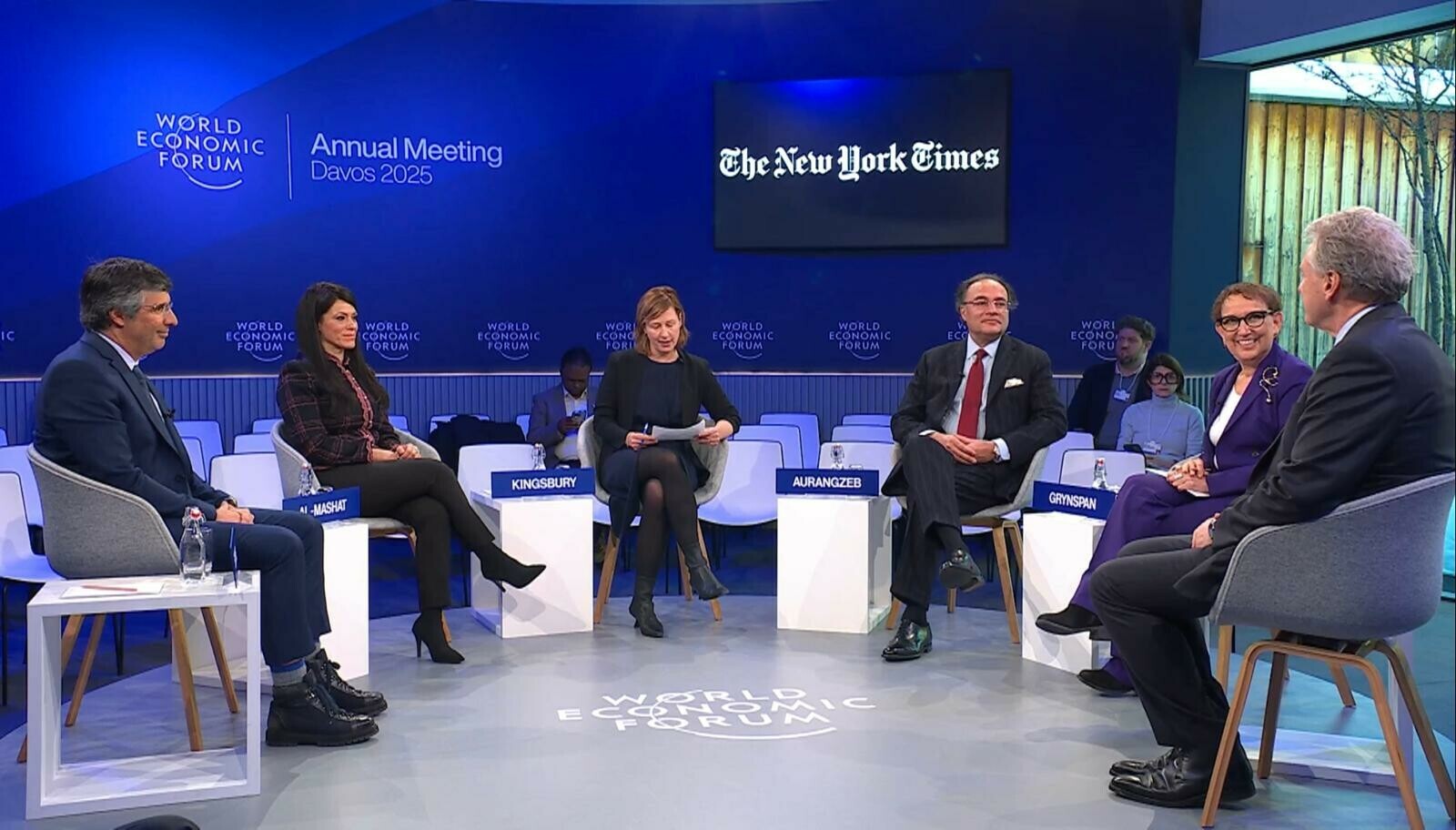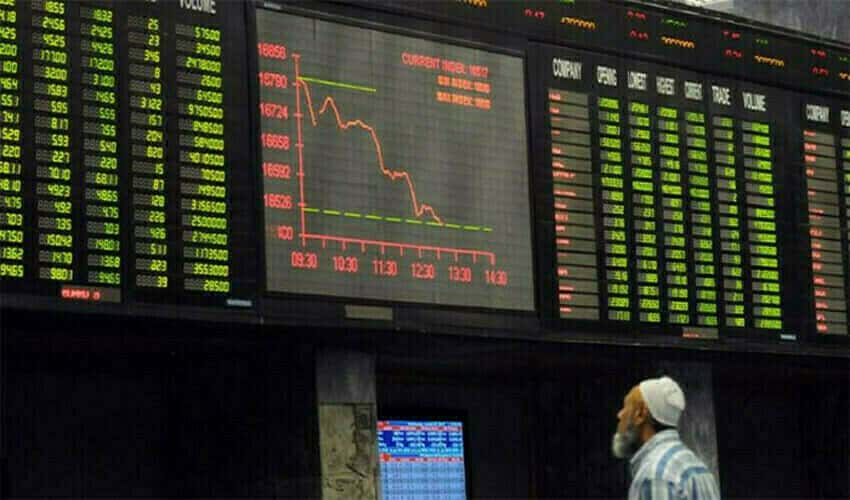PTBP Web Desk
The World Economic Forum (WEF) titled “Back into the black: How to ease the debt structure?”, Pakistan’s Finance Minister, Muhammad Aurangzeb, provided an optimistic update on the nation’s economic trajectory. Highlighting key reforms, Aurangzeb emphasized that Pakistan is “moving in the right direction”, particularly in terms of managing its tax-to-GDP ratio and reducing its debt-to-GDP ratio.
Aurangzeb pointed out that one of the largest hurdles Pakistan has faced is the dual challenge of current and fiscal account deficits. He elaborated on the government’s efforts to enhance the tax-to-GDP ratio, which had previously stagnated around 9-10%. Through strategic reforms, this figure is now on an upward trajectory, aiming towards 13.5%. This increase signifies not only greater revenue collection but also a broader tax base, essential for sustainable economic development.
The Minister discussed the positive shift in Pakistan’s debt-to-GDP ratio, which has seen a decline from 78% to 67%. While acknowledging that there is still much ground to cover, Aurangzeb reassured that the steps taken are steering the country towards financial stability. He stressed a critical point on debt utilization, stating, “I don’t think there is anything wrong with borrowing. The question is what you borrow for.” This philosophy underscores the government’s intent to borrow for investments that boost productivity and exports, rather than for subsidies or routine governmental expenses.
Addressing the inconsistency in Pakistan’s GDP growth, Aurangzeb highlighted the issues tied to an import-led economy. When growth hits around 4%, the country often faces foreign exchange shortages, leading to balance of payment crises and necessitating IMF interventions. His vision for sustainable growth involves a fundamental shift to an export-led economy model. This approach, he believes, would alter the economic “DNA” of Pakistan, fostering resilience and self-sufficiency.
In response to questions about the China-Pakistan Economic Corridor (CPEC), Aurangzeb outlined the transition in focus from government-to-government (G2G) to business-to-business (B2B) engagements in Phase II. The goal is to attract Chinese manufacturing to Pakistan, thereby positioning the country as an export hub. This strategy not only aims at economic growth but also at job creation and industry development.
The Finance Minister also touched upon Pakistan’s strategy to diversify its capital market. Learning from Egypt’s market strategies, Pakistan is eyeing to improve its credit ratings and is in the process of issuing its inaugural Panda bond to tap into China’s vast capital market. This move is part of a broader plan to enhance Pakistan’s financial instruments and investment appeal on a global scale.
Aurangzeb addressed concerns about brain drain by underlining the dual approach of supporting Pakistani youth to seek opportunities abroad while simultaneously building a robust local ecosystem. He emphasized the potential in Pakistan’s IT sector, advocating for the government to step back from direct business involvement and instead facilitate an environment ripe for entrepreneurial ventures and innovation.




